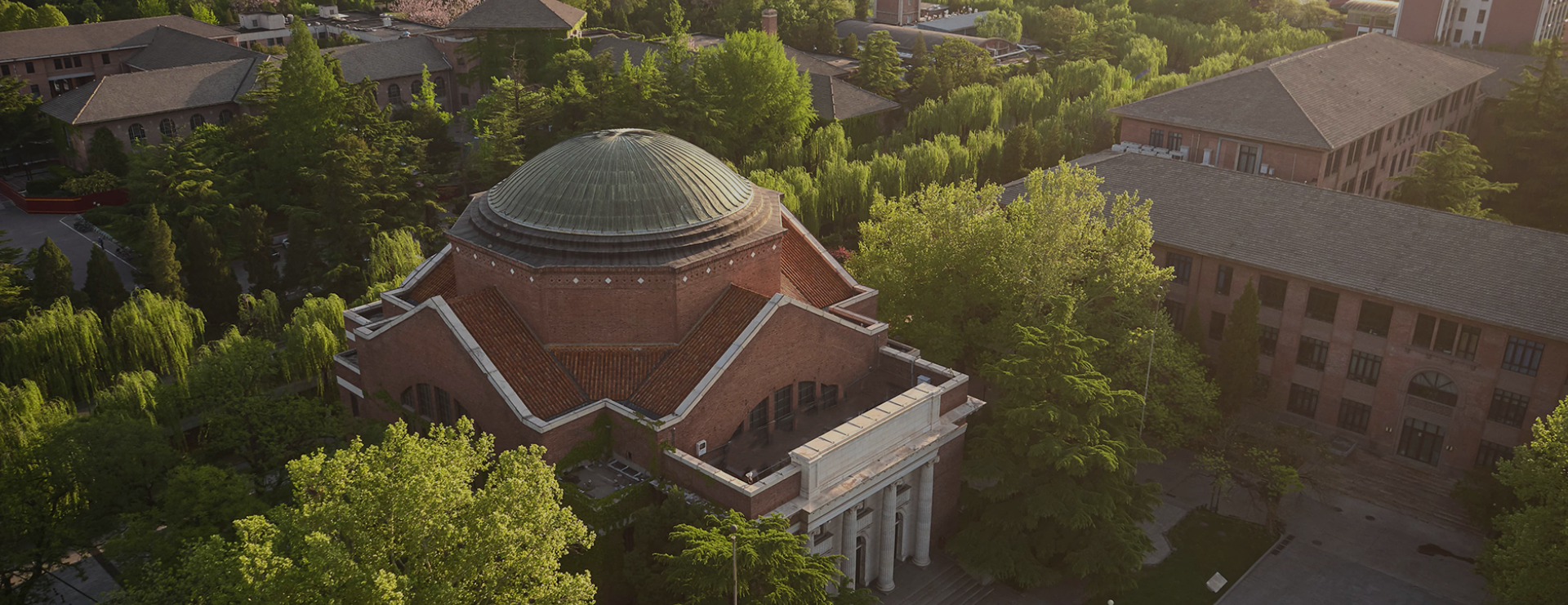Japanese tech company Panasonic Holdings Corp is upping the ante in the hydrogen-powered fuel cell and new energy vehicle sector in China, in a bid to reduce carbon emissions and contribute to the country's carbon peak and neutrality goals.
Tetsuro Homma, executive vice-president of Panasonic, said currently, the company has three netzero plants in China, which are located in Wuxi and Suzhou in Jiangsu province as well as Beijing. It plans to expand such factories to 16 by 2024 and all of its manufacturing factories in China will achieve net-zero emissions by 2030.
The Japanese company has built the hydrogen-powered fuel cells and a comprehensive energy utilization project at its plant in Wuxi, which is also the first of its kind in China, Homma said. It has joined hands with CIMC Enric Holdings Ltd, one of the country's biggest liquefied natural gas equipment manufacturers, to develop container-type hydrogen fuel cells.
He said Panasonic has more than 20 years of experience in the research and development of hydrogen energy. "China has huge potential in renewable energy sources, so we bring this technology to China … and hope to contribute to the country's dual-carbon goals."
The hydrogen-powered fuel cells, which were used in the Tokyo 2020 Olympic Games, made their debut during this year's China International Import Expo, Homma said, adding that the company is looking forward to attracting new partners in the R&D of hydrogen energy through the CIIE.
By 2025, China aims to produce 100,000 to 200,000 metric tons of hydrogen generated from renewable energy sources per year, reducing carbon dioxide emissions by 1 million to 2 million tons a year, according to the country's first medium to long-term (2021-35) plan to promote the high-quality development of the hydrogen industry.
"Our business in China has reached 110 billion yuan ($15.4 billion), accounting for 28 percent of Panasonic's global business scale. China has become the second-largest market next to Japan and has served as a very important market for Panasonic," Homma said.
"For Panasonic, our basic philosophy is to sell the products where we produce them. We have seen that China's supply chains are resilient, and we are very willing to actively give full play to the strengths of Chinese supply chains," Homma said.
"We no longer regard China as just a big manufacturing country with low labor costs," Homma said while emphasizing China is an innovation powerhouse with sufficient talent and a strong ability to absorb new technologies.
In addition, Panasonic has produced lithium batteries for new energy vehicles in collaboration with Prime Planet Energy Dalian Co Ltd, a joint venture between Panasonic and automaker Toyota Motor Corp. The production capacity is expected to double after 2024. It also makes key components for NEVs, such as dashboards, vehicle-mounted cameras and screens in eight factories in China.
Ouyang Minggao, an academician at the Chinese Academy of Sciences and a professor at Tsinghua University, said the application of hydrogen should be expanded in areas like transportation, electric power and chemicals, and fully utilize hydrogen in green and low-carbon transitions and the green development of industries.
参考链接:
http://global.chinadaily.com.cn/a/202211/23/WS637d77a3a31049175432b60d.html

